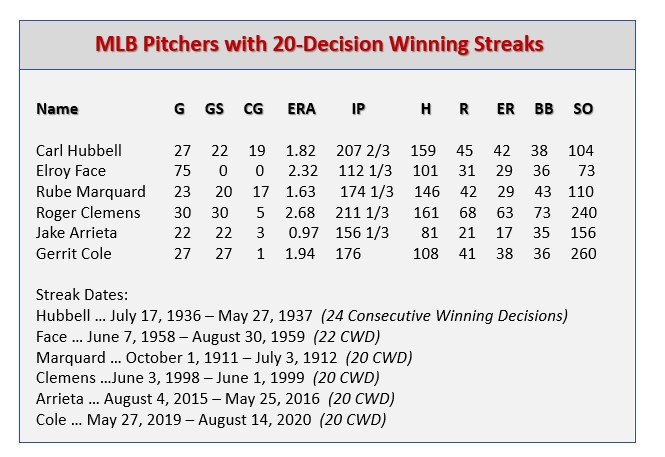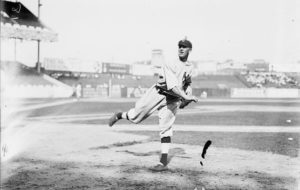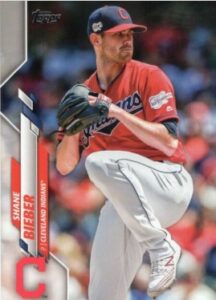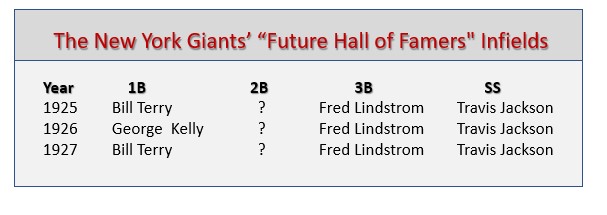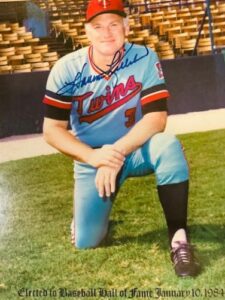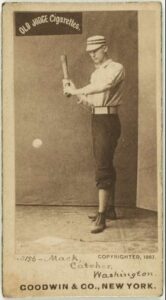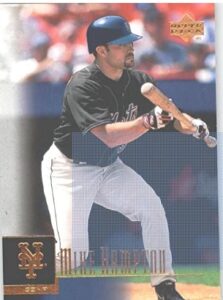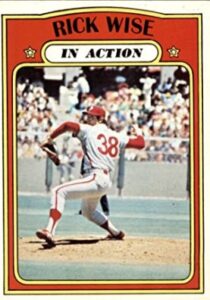Gerrit Cole’s consecutive winning-decision streak stopped a twenty.
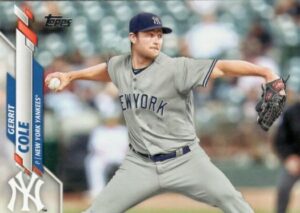 The Braves topped the Yankees and Gerrit Cole yesterday (August 26) by a 5-1 score – behind the arm of rookie righty Ian Anderson (making his first MLB appearance) and the bats of Ronald Acuna Jr., Dansby Swanson and Marcell Ozuna (who all homered of Cole). Anderson went six innings in his MLB debut, giving up just one run on one hit, while walking two and fanning six in the seven-inning contest. Cole gave up five runs on five hits over five innings. He walked two and fanned nine.
The Braves topped the Yankees and Gerrit Cole yesterday (August 26) by a 5-1 score – behind the arm of rookie righty Ian Anderson (making his first MLB appearance) and the bats of Ronald Acuna Jr., Dansby Swanson and Marcell Ozuna (who all homered of Cole). Anderson went six innings in his MLB debut, giving up just one run on one hit, while walking two and fanning six in the seven-inning contest. Cole gave up five runs on five hits over five innings. He walked two and fanned nine.
The loss was Cole first after twenty consecutive regular-season winning decisions. With that in mind, let’s take a look at the pitchers with steaks of twenty of more consecutive regular-season winning decisions. First a few trivia tidbits and the obligatory Baseball Roundtable chart.
- Carl Hubbell’s streak included 19 complete games (the most of any of the streakers). He notched 21 wins as a starter and three as a reliever. So, Hubbell holds the overall record for consecutive winning decisions at 23, as well as the record for pitchers in a starting role at 21.
- Jake Arrieta’s 20-win streak included a pair of no-hitters. His 0.97 earned run average during his streak is the lowest in-streak earned run average of any of the pitchers on this list.
- Roy Face is the only reliever to notch 20 consecutive positive decisions, obviously giving him the record for consecutive winning decisions in relief (22). He spread his victory streak over 75 appearances. Face has 20 saves during his streak.
- 19 of Rube Marquard’s 20 consecutive winning decision came in 1912, giving him the records for the most connective wining decisions within a single season and to start a season.
- Gerrit Cole’s streak included only one complete game – and that was a five-inning (weather-shortened) performance on Opening Day (July 23) of this season.
- Roger Clemens pitched for two teams during his streak – with 15 wins for the Blue Jays in 1998 and five for the Yankees in 1999.
- After his 20 consecutive winning decisions, Rube Marquard went 0-3, 6.08 in his next three appearances (two starts).
- In the first 13 wins his streak (August 4, 2015 – April 4, 2016), Jake Arrieta gave up just four earned runs in 95 1/3 innings pitched in 14 starts – a 0.38 earned runs average.
- Gerrit Cole averaged 13.3 strikeouts per nine innings during his steak – the highest on the list. Next is Roger Clemens at 10.2 whiffs per nine.
Here are the stats put up by these streakers during their streaks – from the first victory to the final win recorded. Stats from no decisions within the streak are counted, while those from a no decisions just before the first win or after the final win in the streak, but before the first loss, are NOT counted.
Primary Resources: Baseball-Reference.com; Stathead.com; MLB.com
 Baseball Roundtable is on the Feedspot list of the Top 100 Baseball Blogs. To see the full list, click here.
Baseball Roundtable is on the Feedspot list of the Top 100 Baseball Blogs. To see the full list, click here.
I tweet baseball @DavidBBRT
Follow/Like Baseball Roundtable’s Facebook Page here. More baseball commentary; blog post notifications; PRIZES.
Member: Society for American Baseball Research (SABR); The Baseball Reliquary; The Negro Leagues Baseball Museum.
